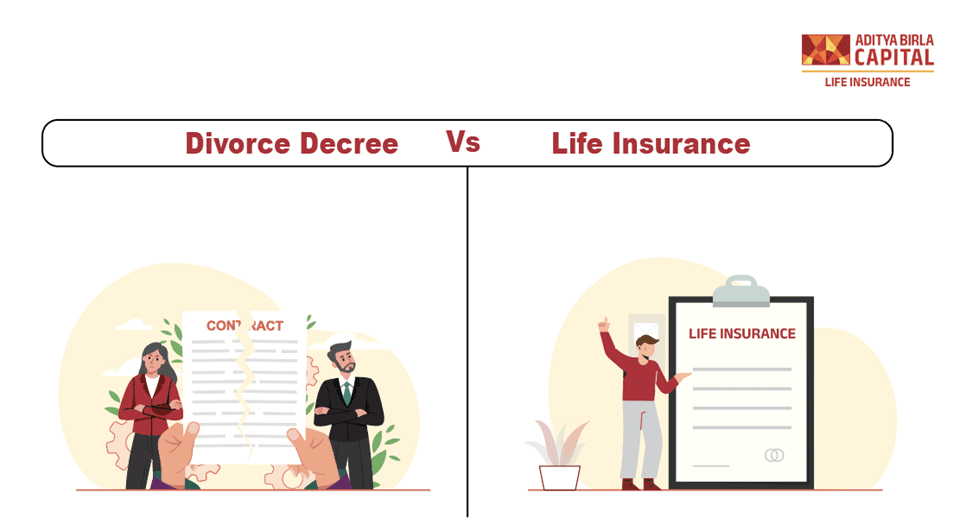Fulfilling your life goals requires proper planning, and with death being one of the most unpredictable events, investing in a life insurance policy may be helpful. Not only does it eliminate uncertainties for your loved ones, but it also brings them financial stability. With different policies available in the market, how do you know which one suits the best? This guide will help you understand various life insurance policies and the factors you should consider before you buy life insurance.
Life insurance policies allow you to pay premiums in exchange for investment. This amount can be used to financially support your loved ones in case of your demise. There are different types of life insurance policies that help meet diverse financial objectives and expectations.
Types Of Life Insurance
There are several policies available in the market to choose from. Here are a few types of life insurance policies that you should know before choosing any specific plan:
1. Term Life Insurance Policy
It is a widely-known life insurance policy that is relatively inexpensive. This policy pays a certain sum to a respective person (nominee) in case something happens to the policyholder during the agreed period (term).
2. Endowment Plans
This plan provides coverage and savings in a single package. The policy pays a specified sum on death or at maturity.
3. Unit-Linked Insurance Plans (ULIPs@)
These policies offer two benefits in one: life cover and investment funds, where the policyholder is free to invest into equity or debt funds.
These are just some of them, there is a plethora of choices to consider when it comes to insurance policies.
Factors to Consider When Choosing a Life Insurance Policy: –
1. Identify Your Needs
The first step in choosing the policy that suits you best is evaluating your financial objectives. Are you seeking pure protection, some level of savings, or investment advantages? If protection is the foremost need of your family, you may want to choose term insurance plans. If you want to achieve protection along with savings, then endowment plans should be considered.
2. Determine the Coverage Amount
Your life insurance protection should take care of your family’s needs including expenses, existing liabilities, educational opportunities, and lifestyle requirements. A sensible approach is to have coverage of a minimum of 10 times your income annually.
3. Compare Premiums and Affordability
Among the life insurance policies, the premium of term insurance tends to be lower than other policies. There are factors like age, health status, coverage amount and type of policy, that affect the cost of a life insurance premium.
4. Choose A Reliable Life Insurance Company
In choosing an insurance company, the trustworthiness and the claim settlement ratio are very important factors. Investigate the companies that you have shortlisted, check their reviews, and ensure that they have an excellent history of claim settlements.
5. Consider Riders! for Additional Benefits
Most life insurance policies have riders! or add-ons, like critical illness or disability cover, accidental death benefits, that can enhance the benefits of your policy and provide extra protection.
6. Check Policy Terms and Conditions
Before you buy life insurance, ensure that you read the fine print relating to waiting periods, exclusions, policies covering and payout conditions. Knowing these facts will help you navigate your policies with ease.
With the rapid advancement of technology, making purchases, such as life insurance, is simpler than before, and more streamlined. Knowing the particulars of any kind of life insurance, estimating your requirements, and making sure that you perform adequate research on insurance providers can help you arrive at an appropriate conclusion.










